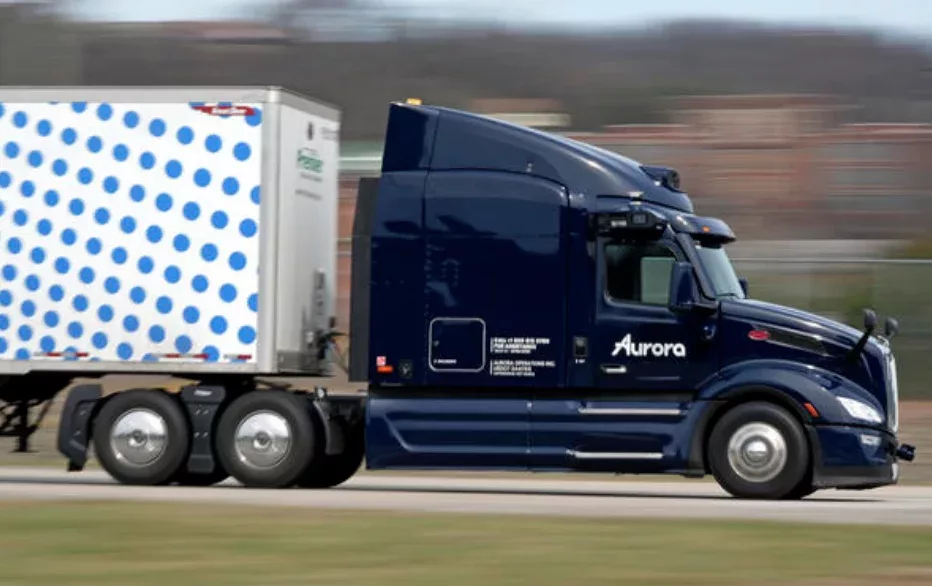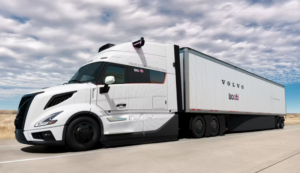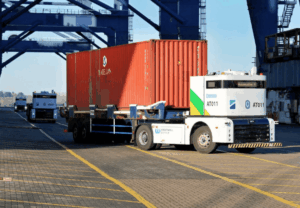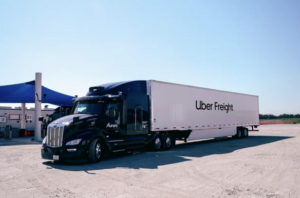On a three-lane test track along the Monongahela River, an 18-wheel tractor-trailer rounded a curve. No one was on board.
A quarter-mile ahead, the truck’s sensors spotted a trash can blocking one lane and a tire in another. In less than a second, it signaled, moved into the unobstructed lane and rumbled past the obstacles, says CBS News.
The self-driving semi, outfitted with 25 laser, radar and camera sensors, is owned by Pittsburgh-based Aurora Innovation Inc. Late this year, Aurora plans to start hauling freight on Interstate 45 between the Dallas and Houston areas with 20 driverless trucks.
Within three or four years, Aurora and its competitors expect to put thousands self-driving trucks on America’s public freeways. The goal is for the trucks, which can run nearly around the clock without breaks, to speed the flow of goods, accelerating delivery times.
The image of a fully loaded, 80,000-pound driverless truck on a super-highway at 65 mph or more may strike a note of terror. A January poll by AAA found that a majority of Americans – 66% – said they would fear riding in an autonomous vehicle.
But in less than nine months, trucks with Aurora’s systems will start carrying loads between terminals for FedEx, Uber Freight, Werner and others. Aurora and most rivals plan to start running freight routes in Texas, where snow and ice are generally rare.
For years, it seemed as though the initial venture for autonomous vehicles would be ride hailing in large cities. But General Motors’ Cruise robotaxi unit is struggling in the aftermath of a serious crash. And Alphabet’s Waymo faces opposition to expanding its autonomous ride service in California.
So self-driving trucks are poised to become the first computer-controlled vehicles deployed in widespread numbers on public roads.
(Pic – Gene J Puskar/AP)






















